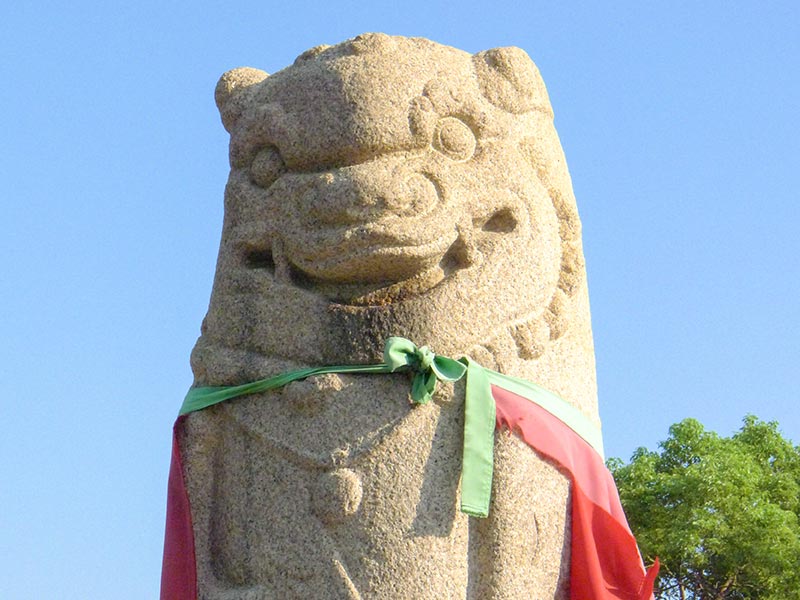Military History of Kinmen
Kinmen's Battlefield Scenery
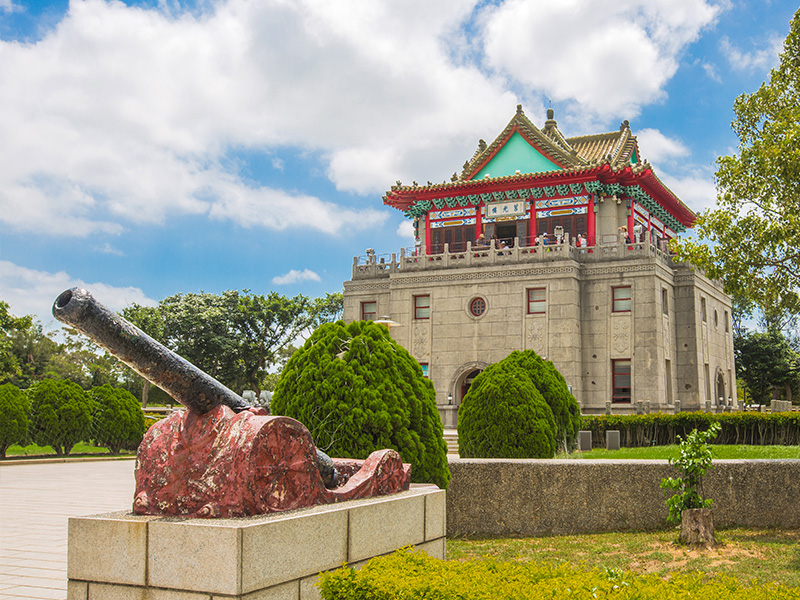
Early Days
Archaeological studies show evidence of human activity 6000 years ago on Kinmen. What we would now call war refugees came here from China, fleeing the turmoil of the Wu Hu (five barbarians) invasion of the Chinese empire during the Jin dynasty. In 626AD during the first year of the famous Chinese Tang dynasty emperor Dezong, Kinmen was designated as a horse-herding pastoral area, part of Quanzhou across the strait in China. In one of the next dynasties (the Song dynasty), Kinmen was put under the jurisdiction of a different county (Tong'an); infrastructure was built and areas were defined for the development of Kinmen's natural resources.
There were many pirates in the area during the 1300s, and maritime defense towers were built. An original one from that time can be seen today. The islands known as Kinmen have had various names throughout history; the current name dates from 1388, when a Ming dynasty emperor ordered a defense castle to be built here. Kinmen translates as “golden gate”, alluding to the hope that these islands would serve as an indestructible gate to protect the nearby mainland. In the fourth year of the Republic of China (1915), Kinmen became a county. The Japanese military occupied it for 8 years (1937-1945) during the second Sino-Japanese war.

Hot Spot in the Cold War
Due to cross-strait tensions between Taiwan and Mainland China, the people of Kinmen lived under martial law from 1956 to 1992. There were more soldiers on the islands than local people, and the locals, even females, had to serve in military roles. The 60-yr olds that you see in the market may well have shared their house with soldiers when they were growing up, and their mothers may have earned money by selling them homemade snacks and mending their uniforms. Curfews were in place, and during certain times, to prevent the enemy from seeing potential targets, no lights could be turned on in houses at night. On Aug 23, 1958 the Mainland Chinese army attacked, and over the next 44 days, dropped 470,000 bombshells on the island.
Reminders of the military past are everywhere. Look carefully in villages, and you'll spot entrances to tunnels where locals took shelter during the regularly scheduled odd-numbered-day bombardments which lasted for 20 years. On the outside walls of some traditional houses, you can see holes where bombs hit.
Recommended Attractions
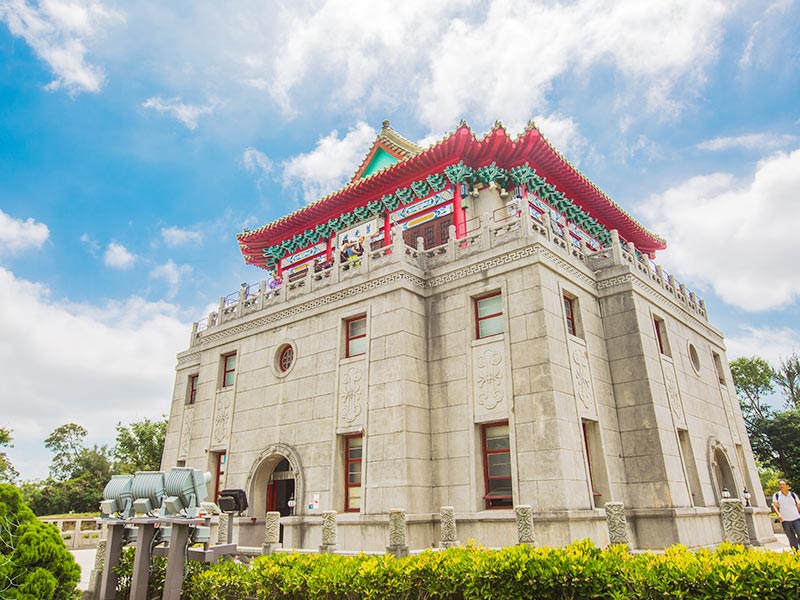
Juguang Tower
The symbolic landmark of Kinmen's wartime spirit.
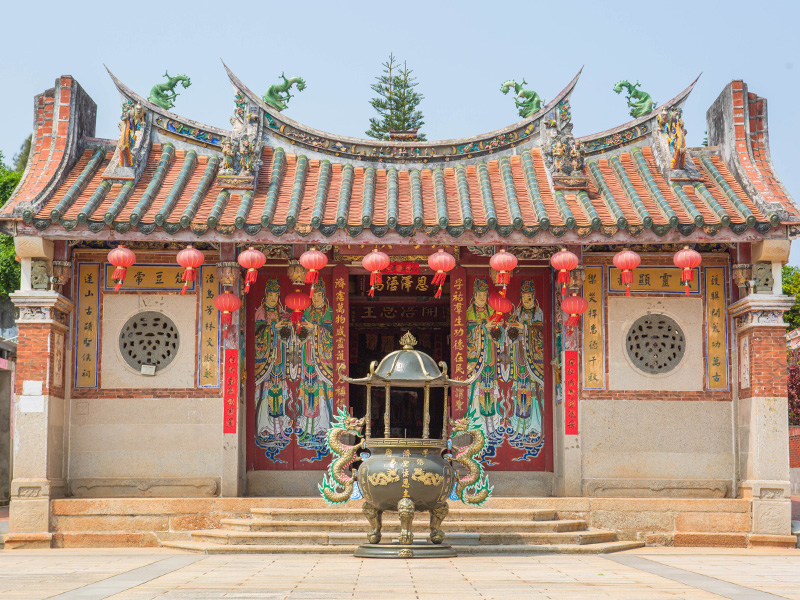
Marquis of Horse Pasturage Shrine in Mount Fenglien
Where Kinmen's development initially started
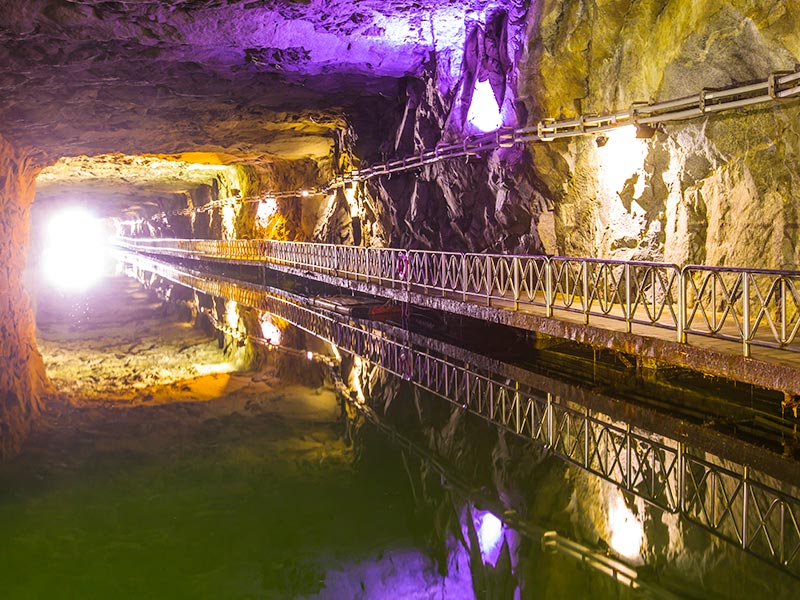
Zhaishan Tunnel
The spectacular tunnel meticulously crafted for maritime supply.
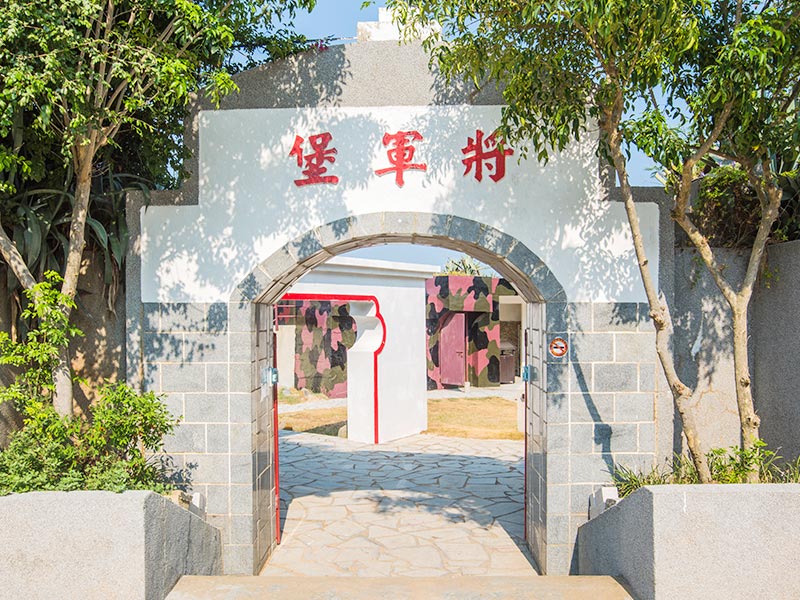
General's Fortress
The victorious fort in memory of 823 Artillery Battle
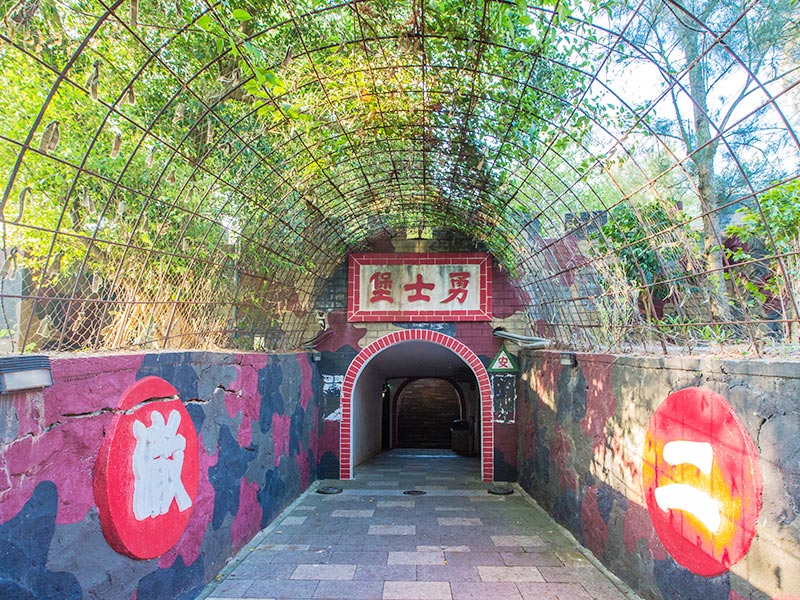
Yongshi Fort
The location where water ghosts (special force diver assassins) used to emerge and kill soldiers at night.
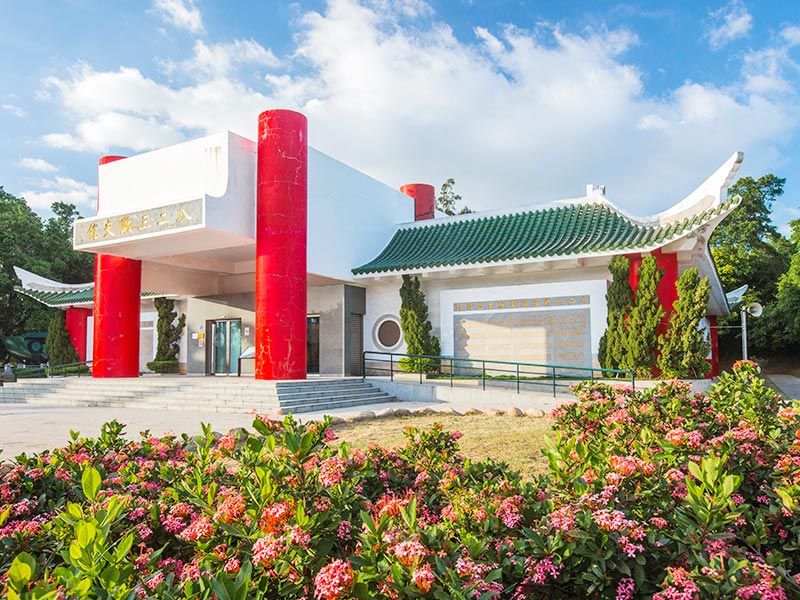
August 23 Artillery Battle Museum
Where visitors can learn about the history of the 23 August 1958 Artillery War.
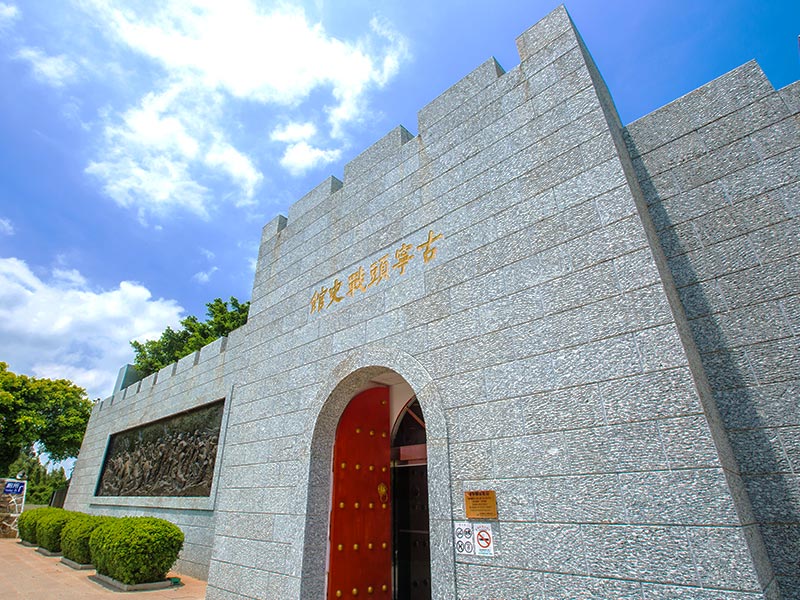
Guningtou Battle Museum
Where the tales of the fierce battle can be told for three days consecutively.
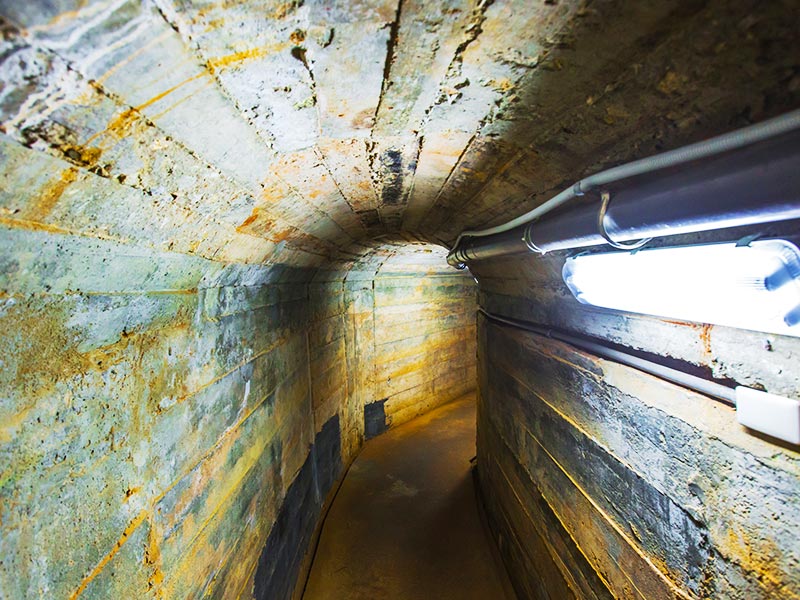
Qionglin Tunnels
The largest network of civil defense tunnels in Kinmen


